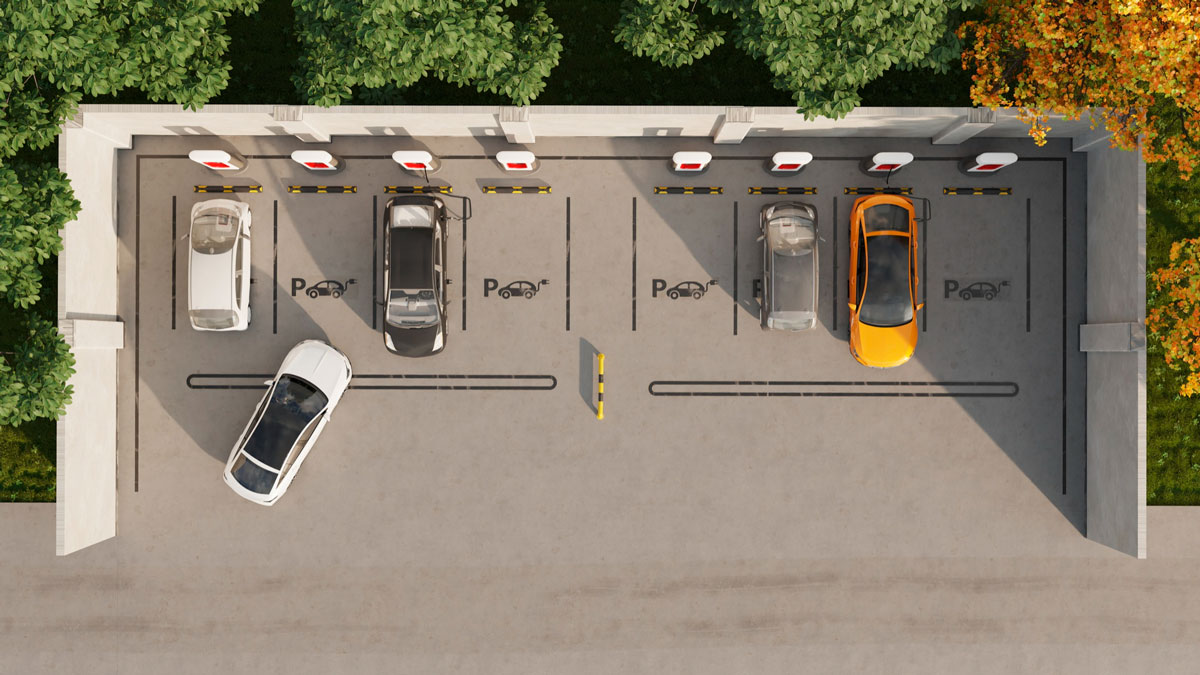In recent years, sustainable fashion has become more than just a buzzword; it’s a lifestyle choice for those looking to make a positive impact on the planet. With the fashion industry being one of the largest contributors to environmental pollution, adopting eco-friendly habits in your wardrobe can play a significant role in creating a greener future. Here’s how you can embrace sustainable fashion while still expressing your unique style.
Understanding Sustainable Fashion
Sustainable fashion focuses on reducing the environmental and social impact of clothing production and consumption. It emphasizes practices such as ethical sourcing, waste reduction, and the use of eco-friendly materials. By choosing sustainable fashion, you support a system that values quality over quantity, promotes fair labor, and prioritizes the health of our planet.
The Environmental Cost of Fast Fashion
Before diving into sustainable practices, it’s crucial to understand why they matter. The fast fashion industry—characterized by inexpensive, trendy clothing produced quickly—has a devastating environmental impact:
- Water Usage: Producing one cotton T-shirt requires approximately 2,700 liters of water.
- Carbon Footprint: The fashion industry contributes to about 10% of global carbon emissions.
- Waste: Millions of tons of clothing end up in landfills each year, with synthetic fibers taking decades to decompose.
Choosing sustainable fashion helps mitigate these impacts by promoting more thoughtful and responsible consumption habits.
Building Your Eco-Friendly Wardrobe
Creating a sustainable wardrobe doesn’t mean you need to throw out all your clothes and start over. Instead, focus on making mindful choices moving forward. Here’s how:
1. Embrace Quality Over Quantity
Invest in well-made, durable pieces that will last for years. While the upfront cost may be higher, these items often prove more economical in the long run and reduce waste.
2. Choose Natural and Recycled Materials
Opt for clothing made from organic cotton, hemp, linen, or recycled materials. These fabrics are biodegradable and require fewer resources to produce.
3. Support Ethical Brands
Research brands that prioritize sustainability and ethical labor practices. Many companies now provide transparency about their sourcing, manufacturing, and environmental initiatives.
4. Buy Second-Hand or Vintage
Thrift stores, consignment shops, and online platforms like ThredUp or Poshmark offer a treasure trove of pre-loved clothing. Buying second-hand extends the life of garments and reduces demand for new production.
5. Practice Minimalism
Adopt a “less is more” philosophy. Curate a capsule wardrobe consisting of versatile, timeless pieces that can be mixed and matched effortlessly.
Caring for Your Clothes Sustainably
Sustainable fashion isn’t just about what you buy—it’s also about how you care for your clothes. Proper maintenance can significantly extend the lifespan of your wardrobe:
- Wash Less Often: Frequent washing wears out fabrics and wastes water. Spot-clean stains and air out garments between wears.
- Use Cold Water: Washing clothes in cold water saves energy and preserves fabric integrity.
- Avoid the Dryer: Line-dry your clothes whenever possible to reduce energy use and prevent shrinkage or damage.
- Repair, Don’t Replace: Learn basic sewing skills to mend small tears or replace missing buttons. Many cobblers and tailors can also repair shoes and clothing professionally.
Reducing Waste
Even with the best intentions, some clothing will eventually wear out. Instead of throwing items away:
- Donate: Give gently used items to local charities or shelters.
- Recycle: Many brands and organizations accept old textiles for recycling into new materials.
- Upcycle: Get creative by repurposing worn-out clothing into rags, tote bags, or even unique fashion pieces.
Spotlight on Sustainable Fashion Brands
If you’re ready to shop sustainably, here are a few brands known for their eco-friendly practices:
- Patagonia: A pioneer in sustainable outdoor wear, Patagonia emphasizes recycled materials and fair labor.
- Eileen Fisher: Focused on simplicity and sustainability, this brand offers a take-back program to recycle old clothing.
- Reformation: Known for its chic styles and transparency about its environmental impact, Reformation is a favorite among eco-conscious fashionistas.
The Social Impact of Sustainable Fashion
Beyond environmental benefits, sustainable fashion promotes social justice. Many fast fashion brands exploit cheap labor in unsafe conditions. By supporting ethical brands, you contribute to better wages and working conditions for garment workers worldwide.
Making Small Changes Count
You don’t need to overhaul your wardrobe overnight to make a difference. Small, consistent changes in how you shop and care for your clothes can significantly reduce your fashion footprint.
For instance:
- Swap a few fast fashion purchases for thrifted or sustainably-made items.
- Commit to buying only what you truly love and will wear repeatedly.
- Host clothing swaps with friends to refresh your wardrobe without buying new.
Conclusion
Sustainable fashion is not just a trend—it’s a movement toward a healthier planet and a more conscious way of living. By building an eco-friendly wardrobe, you can express your style while making a meaningful impact on the environment and society.
Every choice matters. Whether it’s choosing a timeless piece over a fleeting trend or repairing a garment instead of discarding it, you’re contributing to a more sustainable future—one outfit at a time.














